1. Centralia, Pennsylvania – The Underground Fire That Never Went Out
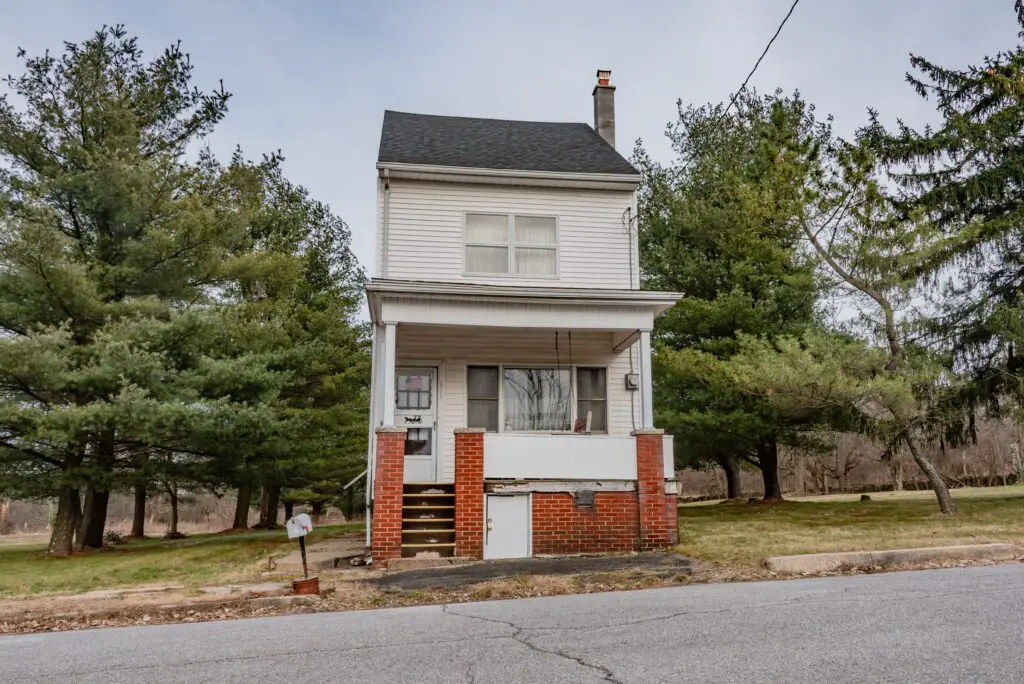
Centralia’s haunting tale begins in 1962 when a coal mine fire ignited beneath the town and has been burning ever since. Despite numerous attempts to extinguish the fire, it continues to smolder underground, releasing toxic gases and causing dangerous ground subsidence. The residents, once numbering over 1,000, were gradually forced to leave as the conditions worsened, with the last family leaving in 1984. In 1992, the state of Pennsylvania condemned all properties, and the ZIP code was officially deactivated in 2002.
Today, only a handful of residents remain in Centralia, living in a town slowly being consumed by fire. The town’s eerie atmosphere, with smoke rising from cracks in the ground, has made it a popular destination for urban explorers, though it’s still dangerous to visit due to the unpredictable nature of the underground fire. The landscape of Centralia remains a ghostly reminder of the dangers of unchecked industrial practices and the persistence of nature reclaiming its land.
2. Bodie, California – The Town That Died of Its Own Success
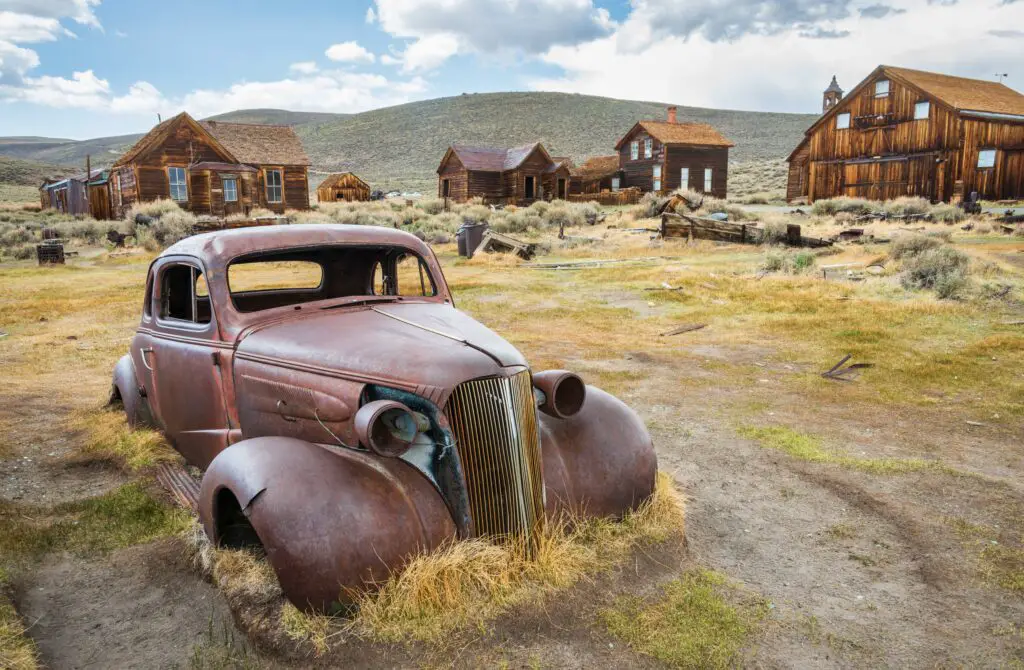
Bodie was once a thriving gold mining town in the late 1800s, home to over 10,000 residents at its peak. The town boasted saloons, hotels, and even a Chinatown. However, as the gold became scarcer and the mines dried up, the population rapidly dwindled. By the early 1900s, Bodie had become a virtual ghost town. Many of its buildings, including a church, homes, and stores, remained abandoned as the last of the miners moved away in search of new opportunities.
Today, Bodie is preserved as a state historic park, and visitors can walk through its abandoned streets, where the buildings and artifacts appear as they did in the past. Bodie’s isolation and history have made it a fascinating snapshot of a once-thriving community now left behind. The dry desert air and eerie silence add to the feeling of stepping back in time, making Bodie a popular yet haunting tourist destination.
3. Picher, Oklahoma – America’s Most Toxic Town
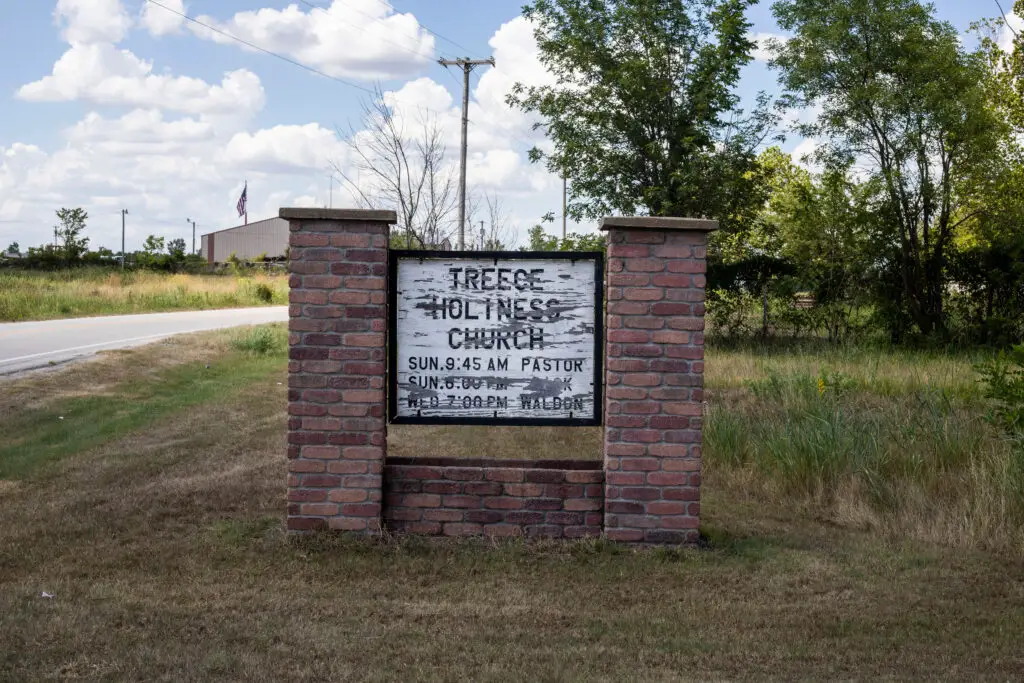
Picher, Oklahoma, was once a bustling mining town in the Tri-State Mining District, rich in lead and zinc. In the early 20th century, the town’s population swelled as the mines prospered, and Picher became a key supplier of these valuable minerals. However, by the 1970s, the environmental toll of mining was undeniable. The area became heavily contaminated with lead, and residents were exposed to toxic levels of the substance. The government eventually declared Picher a Superfund site.
In 2009, the town was officially evacuated after the environmental hazards proved too great for residents to stay safely. Today, Picher remains abandoned, though some “chat rats,” as the remaining few were called, continued to live in the toxic ruins for years. The town’s tragic history serves as a warning of the lasting impact of industrial exploitation and environmental negligence.
4. Lost Cove, North Carolina – The Town That Time Forgot
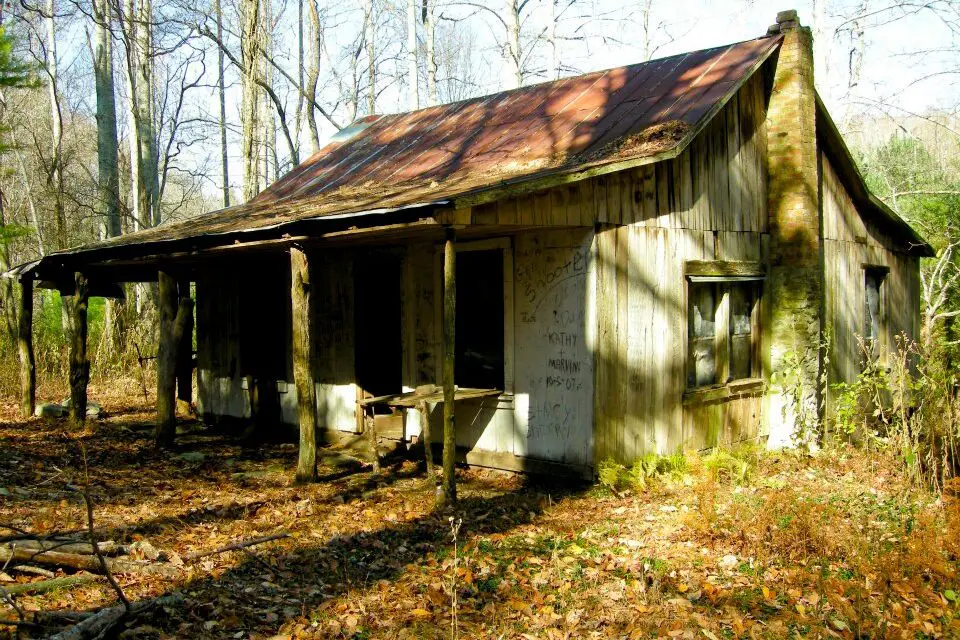
Lost Cove was a small mountain community that thrived during the late 1800s, primarily due to its logging and moonshine industries. The town was accessible via a railroad, but when the railroad ceased operations in 1912 and a road was never built, the town’s isolation became its downfall. Without access to new resources and with its residents aging, Lost Cove became increasingly abandoned as people moved away.
By the 1950s, the town was completely deserted, leaving only a few remnants of its former life behind. Today, Lost Cove is one of the most inaccessible ghost towns in the U.S., requiring a strenuous hike to visit. Those who do make the journey can find the remains of homes, wells, and other structures, all slowly being reclaimed by nature.
5. Harrisburg, Utah – Flooded Out of Existence
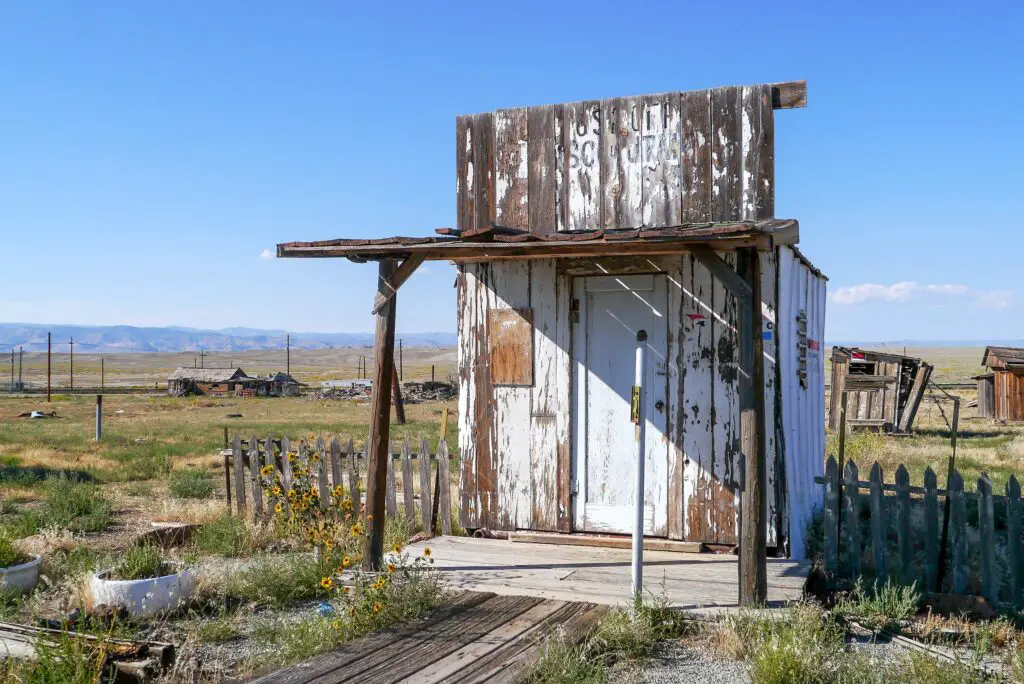
Harrisburg was a small settlement founded in 1859 in southern Utah, but it was abandoned just a few decades later. In 1862, the Virgin River flooded the town, causing massive damage. The town was never able to recover from the floods, and the residents had to leave in search of safer living conditions. In the years that followed, grasshopper plagues and Native American raids further compounded the town’s misfortunes.
By 1895, Harrisburg had been completely abandoned, and nature began to reclaim the area. Today, there are very few visible remnants of the town, and it is mostly a forgotten part of Utah’s history. Despite its near-total disappearance, Harrisburg is still occasionally remembered in local lore as a once-thriving town that was lost to the forces of nature.
6. Tubb Town, Wyoming – A Railroad Town That Never Was
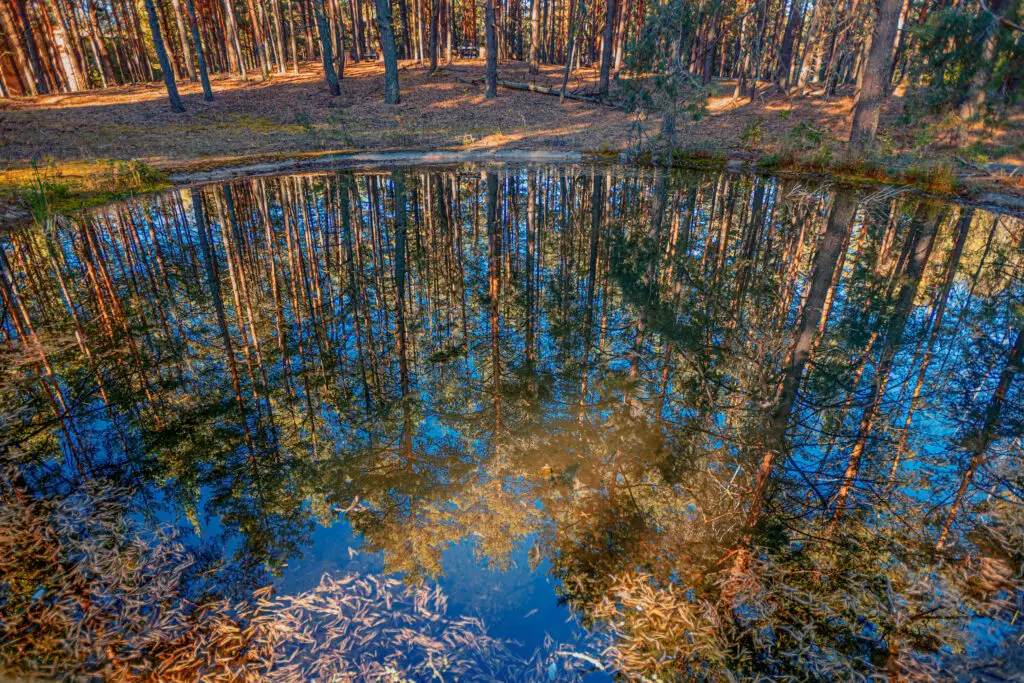
Tubb Town was established in 1889 in Wyoming, intended to be a booming railroad town that would capitalize on the expanding railway network. However, the landowners and railroad company failed to agree on terms, and the railroad decided to bypass Tubb Town in favor of nearby Newcastle. As a result, the town’s prospects quickly crumbled, and the few residents who had settled there left shortly thereafter.
Within months, Tubb Town was entirely abandoned, and its hopes of becoming a major transportation hub were dashed. Today, the site where Tubb Town once stood is mostly forgotten, with little evidence of its brief existence left. The failed town serves as a reminder of how railroad politics and miscommunications could shape the fate of entire communities in the 19th century.
7. Fallsville, Ohio – The Town That Couldn’t Get a Railroad
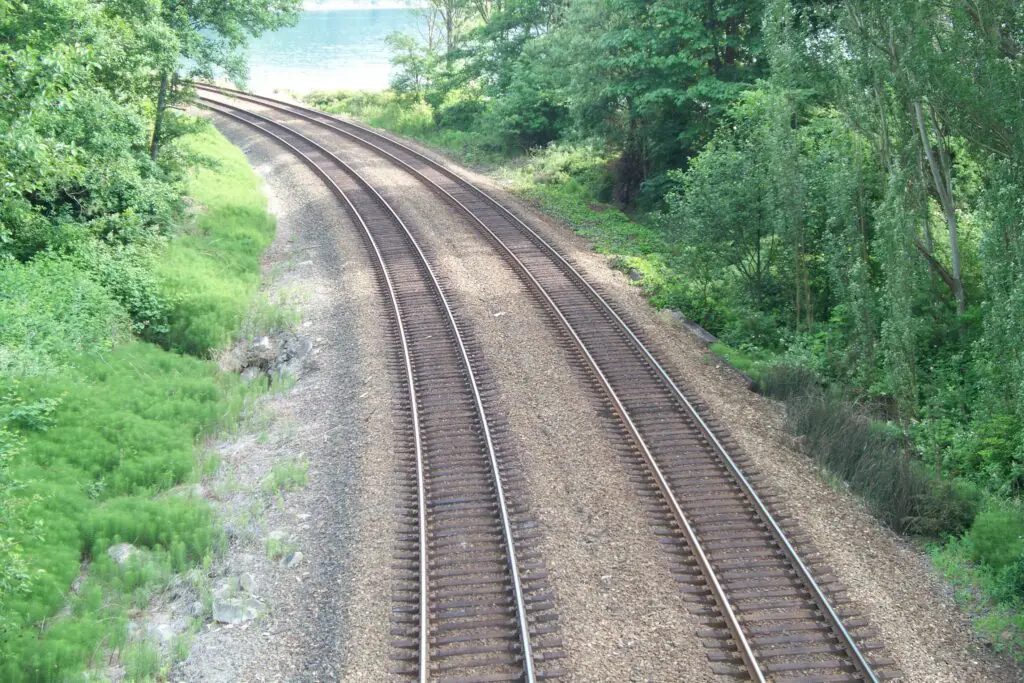
Fallsville was a small village in southern Ohio that was established in the early 1800s. It experienced a brief period of growth, thanks to its location near a river and access to timber and farming resources. However, Fallsville’s decline began in the 1850s when it failed to secure a railroad connection, which would have brought in crucial trade and transportation. Without this vital infrastructure, the town struggled to maintain its population and economic stability.
By 1893, Fallsville was abandoned as its residents moved to nearby towns with better opportunities. Today, the site of Fallsville is a quiet, almost forgotten part of Ohio’s history. The absence of the railroad remains the key factor in its failure, making it a notable example of how transportation infrastructure played a crucial role in the survival of small towns.
8. Ruby, Arizona – A Ghost Town Preserved in Time
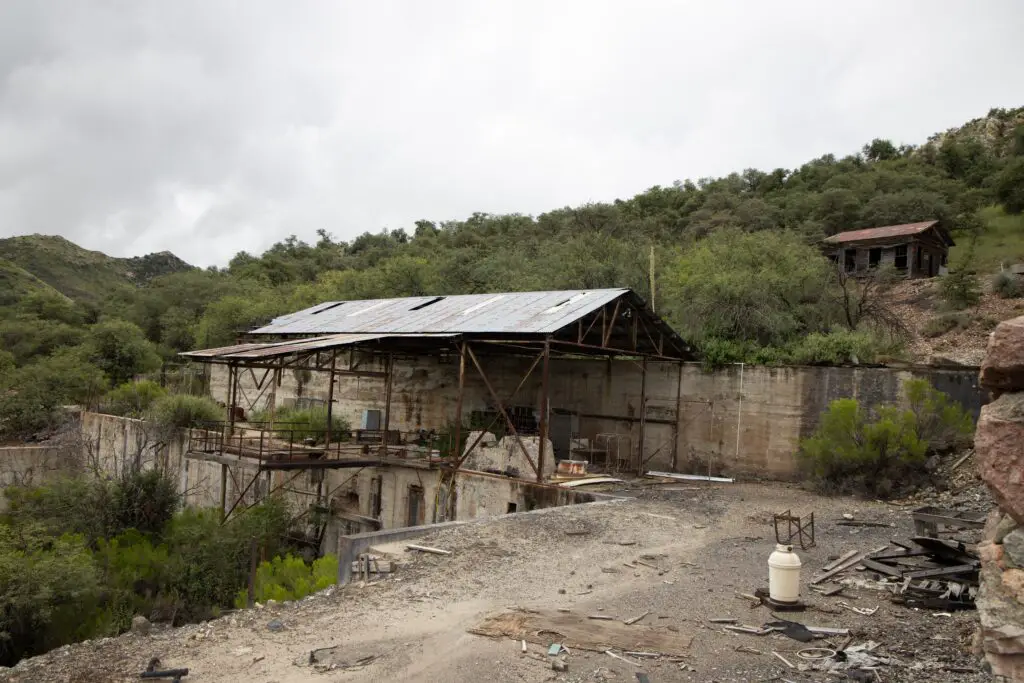
Ruby, Arizona, was a once-thriving mining town in the early 1900s. The town was founded in 1900 and quickly grew due to the success of nearby silver and copper mines. However, by the 1940s, the mining industry began to decline, and Ruby’s last residents left by 1941. The isolation and the eventual closure of the mines made it impossible for the town to survive, and it was abandoned.
Today, Ruby is one of the most well-preserved ghost towns in the American Southwest. The buildings, including homes, the schoolhouse, and a post office, remain largely intact, offering visitors a glimpse into the past. The town’s preservation has made it a popular spot for those interested in Arizona’s mining history and for those seeking the eerie atmosphere of a forgotten town.
9. Glenrio, Texas – A Route 66 Casualty
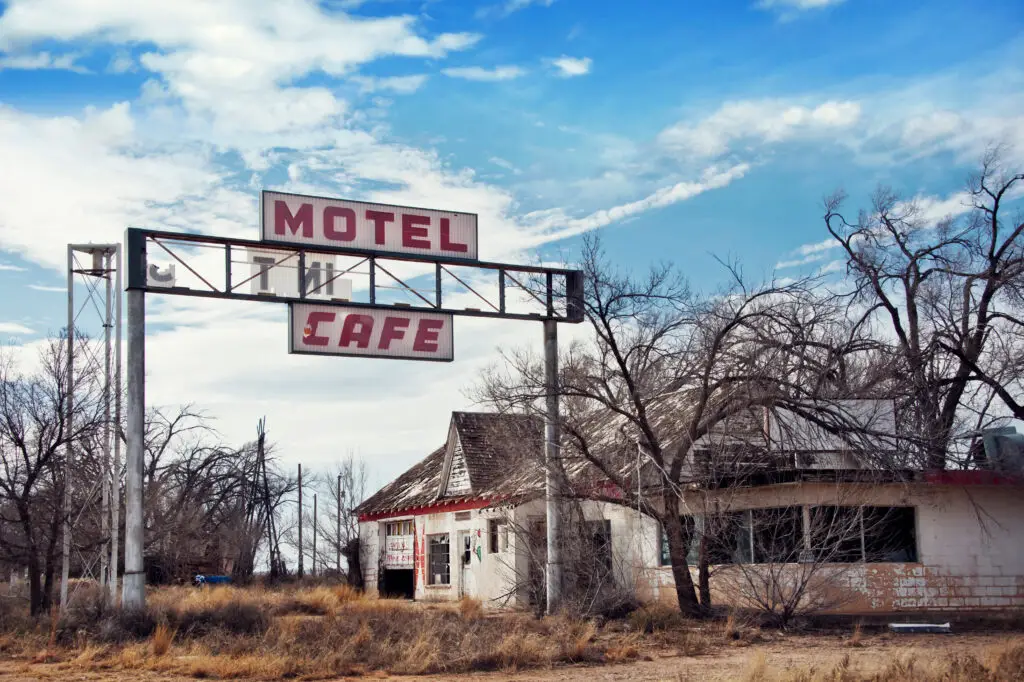
Glenrio was once a bustling stop along the historic Route 66, serving travelers with motels, gas stations, and diners. However, when Interstate 40 was built in the 1960s, it bypassed Glenrio, and the town lost the traffic that had once sustained its economy. The closure of Route 66, combined with the decline of travel along the old highway, caused Glenrio to fade into obscurity.
Today, Glenrio is a ghost town, with its once-vibrant motels and gas stations standing as crumbling relics of a bygone era. The town’s abandonment marks a broader trend of towns and businesses suffering as new highways and interstates diverted traffic away from the old, iconic Route 66. Glenrio’s fate serves as a reminder of how quickly time can change the landscape of American travel.
10. Terlingua, Texas – From Mining Boom to Deserted Ghost Town
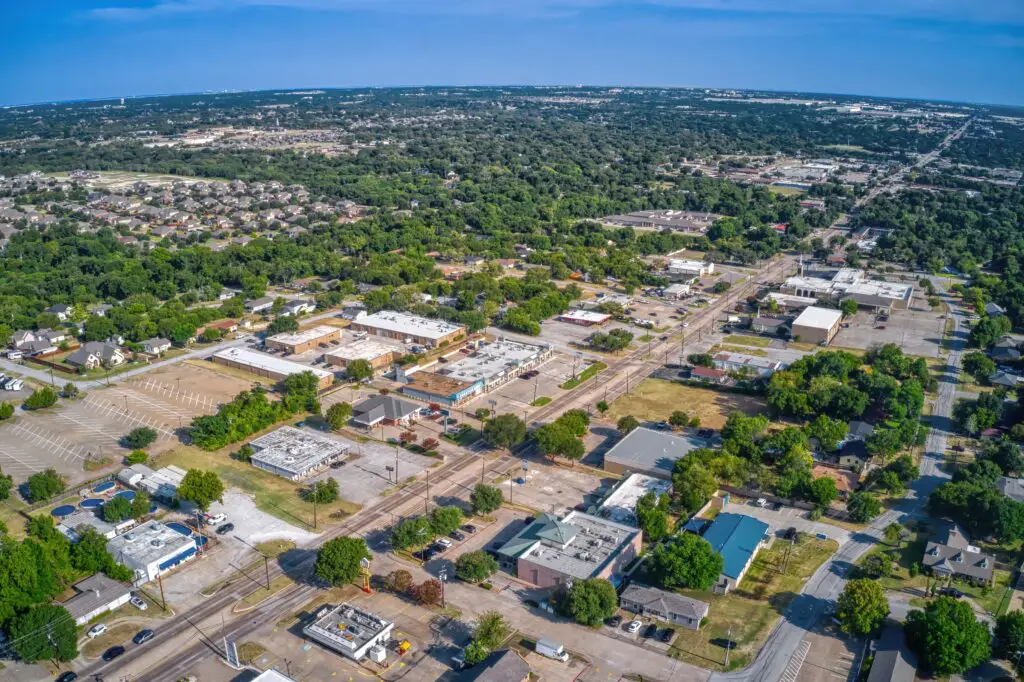
Terlingua, Texas, was a thriving mercury mining town in the early 1900s. The town boomed when mercury was needed for the extraction of gold and silver. At its peak, Terlingua had a school, stores, and a post office. However, the mercury mines began to decline in the 1940s, and by the 1950s, the last residents had left.
Today, Terlingua stands as a ghost town, though it has experienced a revival as a tourist destination. Visitors come for the preserved ruins, the annual chili cook-off, and the stunning desert landscapes surrounding the town. While Terlingua may no longer be a mining hub, it has transformed into a place where the past meets the present.
11. St. Elmo, Colorado – A Mining Town Frozen in Time
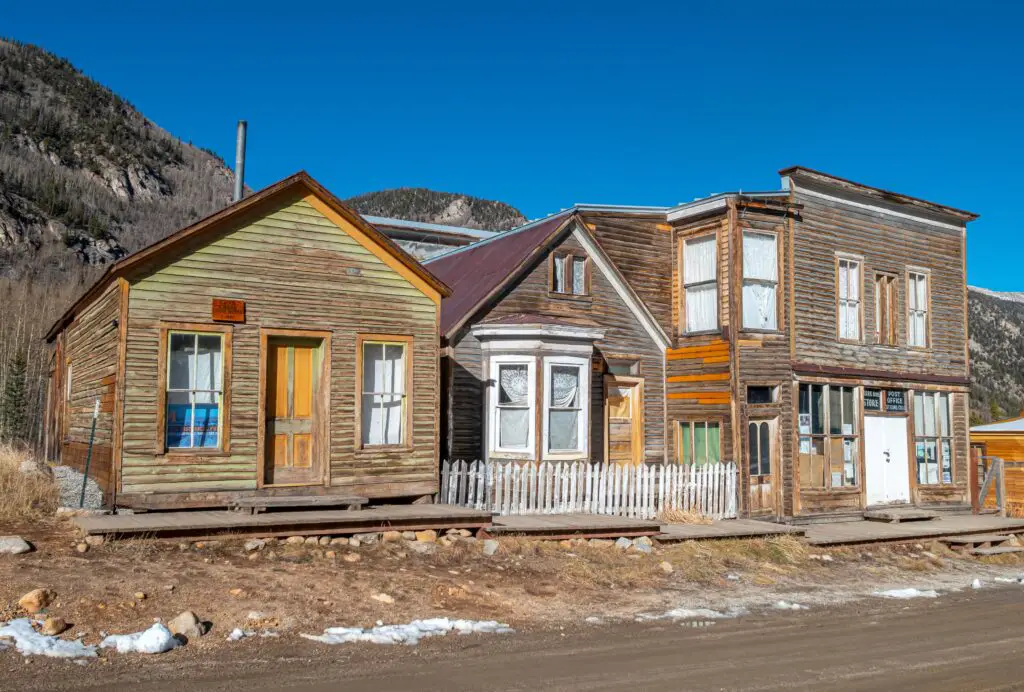
St. Elmo was a silver and gold mining town that flourished during the late 1800s in Colorado’s rugged mountains. At its peak, the town had over 2,000 residents and boasted schools, hotels, and businesses. However, as mining resources dwindled and the harsh mountain winters took their toll, St. Elmo began to decline. By the early 1900s, the town had been abandoned, and the population had all but disappeared.
Today, St. Elmo is one of Colorado’s best-preserved ghost towns. The buildings, including homes, a hotel, and a general store, still stand as silent witnesses to the town’s past. Surrounded by stunning mountain scenery, St. Elmo has become a popular spot for tourists who want to experience the history of Colorado’s mining days.
12. Cahawba, Alabama – The Lost Capital of Alabama
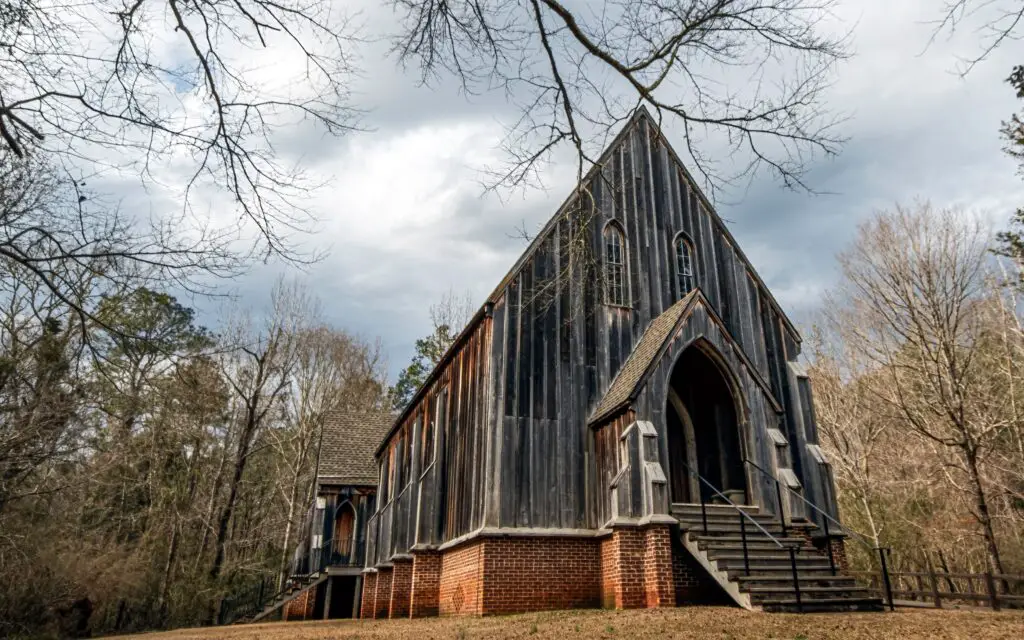
Cahawba, Alabama, was the state’s first capital, established in the early 1800s. The town flourished for a time, serving as a political and economic hub. However, its location along the flood-prone Alabama River proved to be its downfall. In 1825, after a series of devastating floods, the state capital was moved to Montgomery, and the once-thriving town began to decline. By the 1860s, most of Cahawba’s residents had left, and the town was officially abandoned.
Today, Cahawba is a state historic site, with several of its buildings still standing. It’s a rare example of a town lost to both natural disasters and the shifting political landscape. Despite its abandonment, Cahawba’s history as Alabama’s first capital remains a fascinating chapter in the state’s story.
